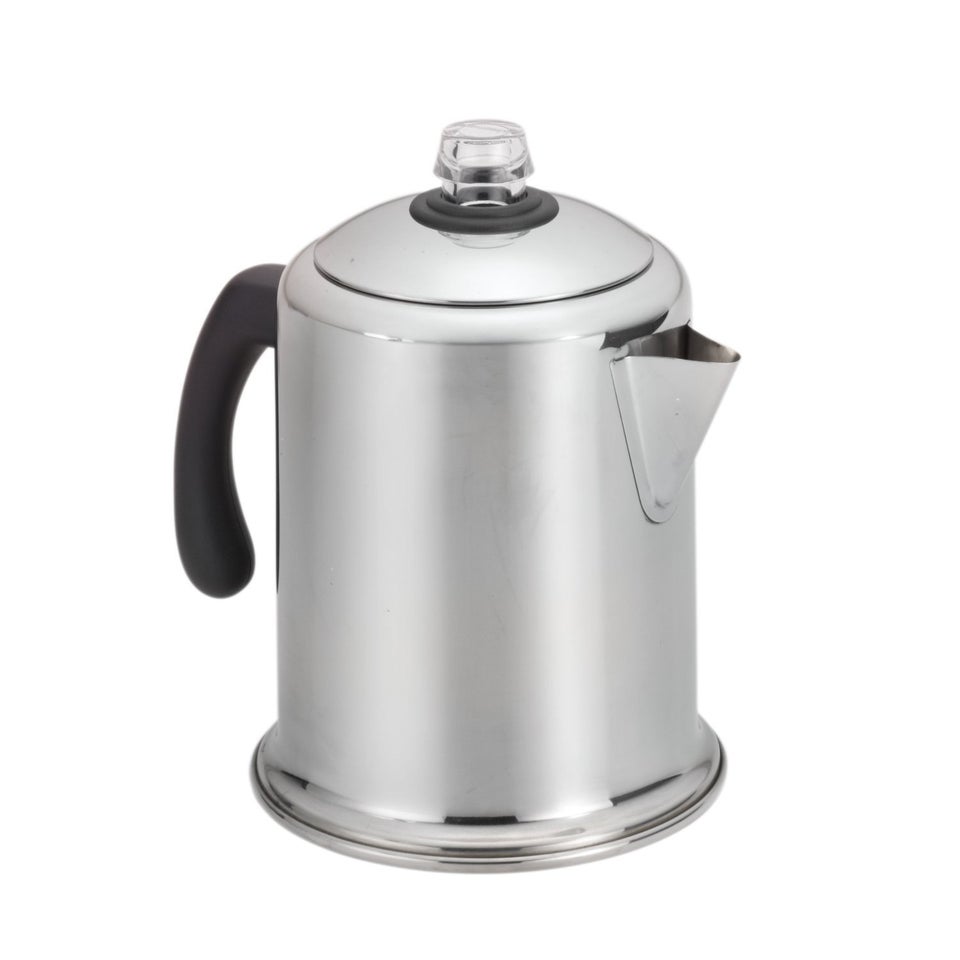"Even bad coffee is better than no coffee at all." - David Lynch
Have you ever swam in a pool of coffee? Have you ever thought about using the saucer to slurp? If not, you really need to coffree your mind. You very well may drink a cup of Joe like a thirsty fox every morning/afternoon/night but do you really "know" your coffee?

Coffee companies such as Starbucks and Dunkin' Donuts sometimes use "fake coffee smell" to entice shoppers. ScentAir, a so-called "scent provider," is a popular choice in the coffee industry as well as retail stores, restaurants and hotels, where methods of "aromachology" are used along with the "latest in fragrance technology."
Store-bought coffee like Nescafé also injects coffee aroma into the container to seem more fresh when first opening. That said, a person claiming to be a former "coffee production engineer" explained on Reddit that the "fake smell" injected into the containers is originally created from particles of real coffee beans, so the scent is at least fairly authentic.
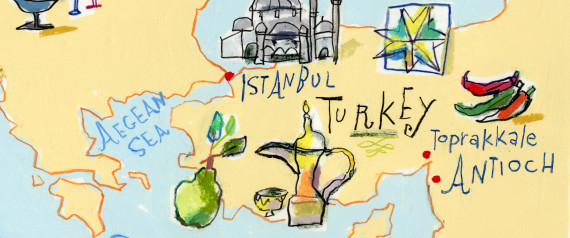
Due to the linguistic history of what eventually became "coffee," Europeans first referred to the drink as, "Arabian wine". The word "coffee" originally came from the Arabic "qahhwat al-bun" or "wine of the bean." That phrase turned into "qahwah," which became "kahveh" in Turkey and eventually became "koffie" in Dutch and "caffe" in Italy.
Coffee was also so influential in Turkey that their word for breakfast, "kahvalti", translates to "before coffee" and their word for brown, "kahverengi," is also derived from "kahveh," for coffee.

David Fincher, the director of "Fight Club," is said to have inserted a Starbucks coffee cup into every scene. Apparently Starbucks was alright with the usage of their brand and only stopped Fincher from using their name in a shot where a coffee shop is destroyed by a giant rolling ball.
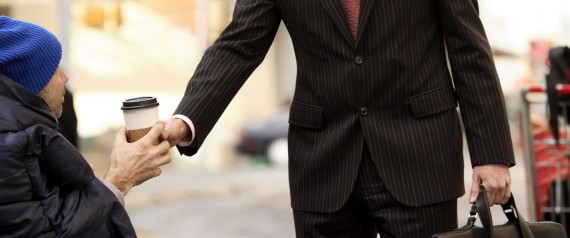
Caffè sospeso, which in Italian means, "suspended/pended coffee," is a tradition that involves paying for an extra cup of coffee for a future customer who may be down on their luck. People who can't afford a cup of coffee can come into a shop that observes this practice and ask if there are any sospesos available free of charge. The tradition is said to have originated in Naples around a century ago, but the practice has grown over the years to be recognized internationally.
In 2013, an anonymous customer paid for 500 cups of coffee at a Tim Hortons in Edmonton, Canada, which snowballed into patrons donating 10,000 cups of coffee at over 30 locations.
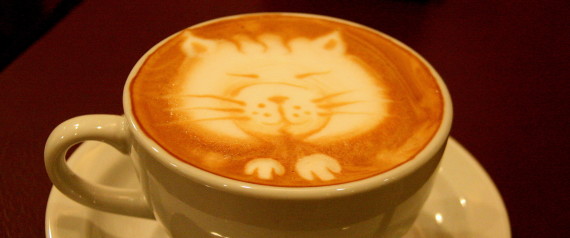
The Guinness-recognized "oldest cat ever" was Creme Puff, who lived to be 38 years old and died in 2005. The owner, Jake Perry, fed her coffee every morning along with bacon, eggs and broccoli. This is especially significant because Perry was also the owner of the previous record holder, Grandpa Rex Allen, who was fed the same diet and died at 34.

The Yunessun spa resort in Hakone, Japan has specialty spas that allow customers to bathe in variously delightful/sticky liquids, such as wine, chocolate, green tea, sake and coffee. For an admission price of just 2,800 Yen (about 27 dollars), bathers can have coffee poured on them and then stroll over to the newly opened ramen bath to swim among the noodles.

The veracity of this legend is a bit hazy, as it's not even clear whether Pope Clement VII or Pope Clement VIII was supposed to have said it. Here's travel writer and university professor Frances Hayes' account of the myth in her New York Times bestselling book, "A Year in the World":
Some fanatics considered coffee the drink of the devil and asked the pope to ban it. After one sip the pope is said to have exclaimed, "This drink is so delicious that it would be a sin to let only misbelievers drink it! Let's defeat Satan by blessing the drink, which contains nothing objectionable to a Christian."
The account doesn't even include a specific pope and nobody seems to have a definitive take on this story, so it's fair to be skeptical ... but it'd be a sin to not share.

This claim is also bit tricky to pin down, but apparently around the 18th century, people used to drink coffee out of the saucer we mostly now consider a simple coaster for the cup and spoon. At the time, the saucers were much deeper, and the larger surface area allowed the coffee to cool much more quickly.
A popular story tells of George Washington and Thomas Jefferson discussing the value of the Senate when this exchange happens:
"Why," said Washington, "did you just now pour that coffee into your saucer before drinking it?"
"To cool it," said Jefferson; "my throat is not made of brass."
The interaction has not been proven, but for what it's worth, using the saucer to help cool down your coffee certainly does work.
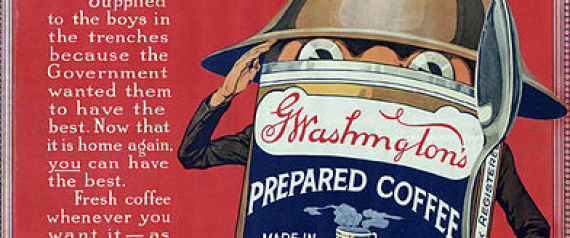
Although the first "instant coffee" recipe involving water was invented in 1901 by a Chicago chemist named Satori Kato, the man who invented the first mass-produced instant coffee was in fact named George Washington. His first brand was called "Red E Coffee," and despite being considered not very good, the instant coffee was given to appreciative American soldiers during World War I.
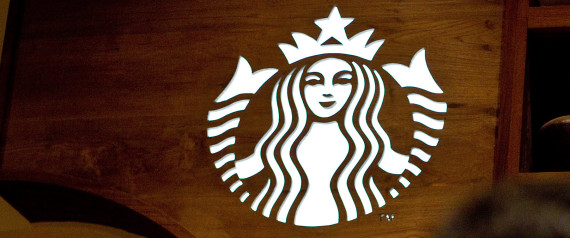
Originally the company was supposed to be Pequod's, after the name of Captain Ahab's boat in Herman Melville's "Moby Dick". But after hearing the tagline, "Have a cup of Pequod," said out loud to them, the founders decided to instead name the business after Ahab's first mate, Starbuck, who warned Ahab to stop chasing the white whale.
The nautical theme that extends to the mermaid logo comes from their desire to keep up with the "seafaring history of coffee."
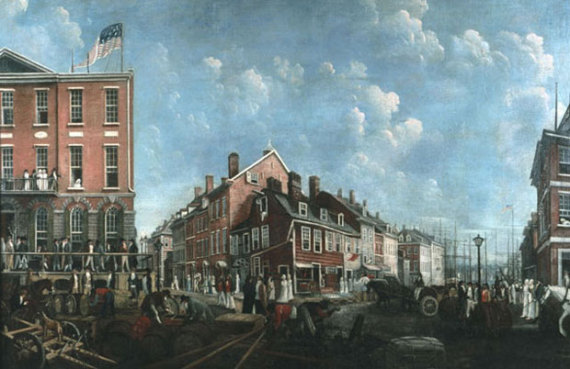
The New York Stock Exchange began in the Tontine Coffee House, a real coffee shop opened in 1794 and located on the corner of Wall and Water St., before a fire burned it down in 1835. Named after Neapolitan banker Lorenzo di Tonti, the shop was a meeting place for "underwriters, brokers, merchants, traders, and politicians; selling, purchasing, trafficking, or insuring; some reading, others eagerly inquiring the news," according to an article from 1807.
The Tontine Coffee House was the center of trading until 1817, when operations were moved to a building on 40 Wall Street. At the time, the organization was called "The New York Stock & Exchange," and later dropped the "&" in 1863 as the volume of stock trading increased and the building became less focused on the other types of exchanges from before.

Coffee Club Island, or Kaffeklubben Island, is a small island located just above Greenland that stands as northernmost point of significant land on Earth. Explorer Robert Peary was the first to discover the land mass in 1900, but it wasn't named until 1921 when Danish explorer Lauge Koch was creating a map of the region. Supposedly the naming choice was to honor an informal "coffee club" of geographers that met regularly at the University of Copenhagen.
Although the island barely supports vegetation, the Purple Saxifrage flower has survived the conditions and is the northernmost flower in the world.

Coca-Cola owns a line of canned coffees called "Georgia" that is available in Japan, Singapore, South Korea, India and Bahrain. Although the cans are hard to find in the United States and only one flavor is currently available on Amazon, the Georgia coffee brand can be found in a few restaurants if you feel the need to try it out.
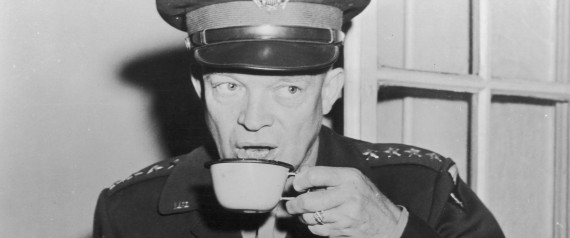
Despite the pervasive story that "Americano" got its name from American soldiers diluting espresso shots during WWII, the term didn't show up until the 1970s. Unfortunately nobody seems to have a definitive take of how "Americano" actually came about.
In another false etymology, there's a story that "cup of Joe" also comes from coffee drinking American G.I. Joes but this is just a myth as well. Although just as with "Americano" the true origin has never been proved, fact-checking site Snopes believes the phrase most likely came from the old coffee slang, "jamoke." The slang phrase, "cup of jamoke," became corrupted into a "cup of Joe."
Snopes sides with the jamoke theory due to this finding from the linguist Michael Quinion: "It is significant that an early example appears in 1931 in the Reserve Officer's Manual by a man named Erdman: 'Jamoke, Java, Joe. Coffee. Derived from the words Java and Mocha, where originally the best coffee came from.'"
Coffee has been found to decrease the risk of the alcohol-related liver disease cirrhosis, which can cause cancer and liver failure. One study found that "for each cup of coffee they drank per day, participants were 22 percent less likely to develop alcoholic cirrhosis." Although not directly linked to alcohol recovery, a more recent study from Italy concluded that drinking coffee can reduce the chances of liver cancer by 40 percent, while drinking three or more cups a day could reduce the risk by 50 percent.

